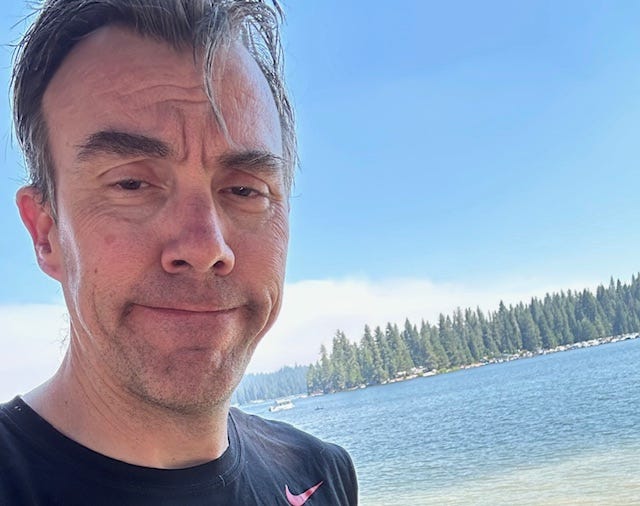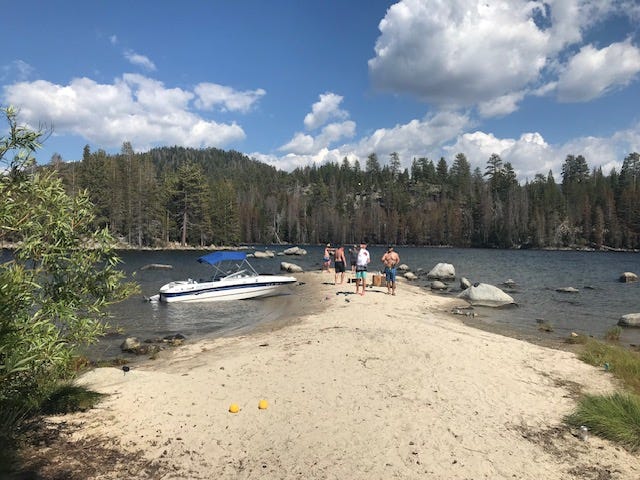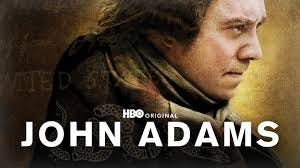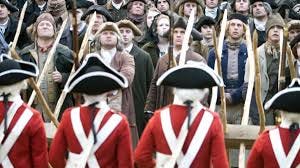Today, I am on my annual trip with the guys up to Shaver Lake. 2025 marks the twenty-ninth time I’ve come up to these mountains with buddies to commune with nature, laugh, and partake in masculine mischief and hijinks.
It is also the inspiration for my novel FRIENDS IN LOW PLACES (2021), a story about five friends who go on the same trip for twenty years. You see these five men mature from high school seniors looking to meet girls and drink beer to husbands and fathers while also maintaining those bonds that have defined their lives.
FILP, the novel, is a work of fiction. Some stories have been enhanced and modified to fit the characters I created. In the end, I’ve heard it captures the spirit of these trips with our ride-or-die friends that we retell over and over again.
FILP, the trip, started on a whim. I was a year out of college, and friends from my high school were home for the summer. We wanted to have one last blast before heading our separate ways again. Looking back, the first trip hinged on three things:
Could we take one car to save on gas costs?
Finding a tent big enough for all of us. I had access to a two-person tent, but, like in the book, we believed that one of us might need “privacy” if we met someone. SMH
Who would buy us enough beer to last the weekend?
All three came together. My friend gained access to his parents’ van to take us up to the lake. I borrowed a six-person tent from a buddy. And one of our older siblings agreed to buy the beer. The trip was on.
There have only been four years that we haven’t taken the trip. After we graduated from college, we all had to focus on our careers and needed a couple of years to find our footing. Then, in 1999, we began a twenty-year string of trips that followed several transitions, including the shift from natural light to craft beer, marriages, children, and, most importantly, from tents to cabins. (We also took two years off because of COVID) Unlike the novel, the trip’s guest list is ever-changing. In all, I count 31 attendees and too many memories to count.
Looking back, the legacy of that trip endures. In fact, like MIHO in the novel, we have a friend who was given a name that we still use. Some people don’t know him by his real name. I won’t share it here. Let’s say that his wife banned it from being used at his wedding.
Stories like these were a primary reason why I decided to write Friends In Low Places. While I was nicknamed “the historian” for my remarkable memory of these stories and when they occurred, I wanted to capture them in a way that would preserve the memory. And, I wanted to write a novel. So, why not take the best stories, make up new ones, and overlay them on a fictional trip to the lake?
On a trip to Texas to see an A&M football game in College Station, the flight WiFi was out. So, what did I do? I pulled out my laptop and typed the first chapter of FRIENDS IN LOW PLACES. And from there, I wrote and kept writing. I didn’t stop. I didn’t tell my wife until I was halfway through the first draft. When I was done, I had written 162,000 words. (The completed product is 90K).
I released it in 2021, and I have heard only good things. Some say that the book speaks to the heart of friendship, one that remains true in both the best and worst times. Some enjoyed the humor. I’ve heard so many stories from people about their FILP trips. The book continues to resonate, and I will always be proud of that experience.
How about you? Do you have a regular trip that you take that is part of your story? How about those ride-or-die friends? Have you written about it?
Side of Mustard
John Adams Rewatch
For the next eight weeks, I’m rewatching the 2008 HBO Miniseries on our second President John Adams, and his rise from humble Boston lawyer to a signee of the Declaration of Independence, to an envoy to Europe to gain French support, to the war years, the Vice Presidency, and the growing pains of a new nation.
This is a poignant time to rewatch this eight-part miniseries. As we grapple with the meaning of tyranny, freedom, and liberty, and the differences between rhetoric and integrity in modern America, we see the struggle of a new nation finding its way forward.
Episode 1: Join or Die (1770-1774)
The series begins as John Adams, an attorney, relocates his family to Boston to establish his fledgling practice. He’s called out of his home in the evening with the call of “Fire” and, like any community during those times, rushes to the aid of others and joins a bucket brigade. Only, there are gunshots, and he runs to find dead colonists on the ground and British soldiers standing, guns out, muskets pointed, and an angry mob about to pounce.
Adams is asked to represent the soldiers, and we see Adams not cave to political pressure, but to represent the law as it is written. He defends the British soldiers and appeals to the letter of the law. Adams wins the case, impressing both the Crown and the colonists, including such notable figures as Thomas Paine, John Hancock, and his cousin Sam Adams (Now, only if they had a scene with them drinking beer).
Through the eyes of today, this episode has plenty of resonance, from decrees on high raining down on the colonists to tensions between the established power and the aggrieved. We also see the troubling nature of mob rule, including the true meaning of “tar and feather.”
At the end of this episode, Adams leaves his very pregnant wife, Abigail, to head to Philadelphia to attend the Congress of the colonies. I wonder what will happen? Here’s a hint. I’ve coordinated my rewatch to coincide with a certain national holiday.






